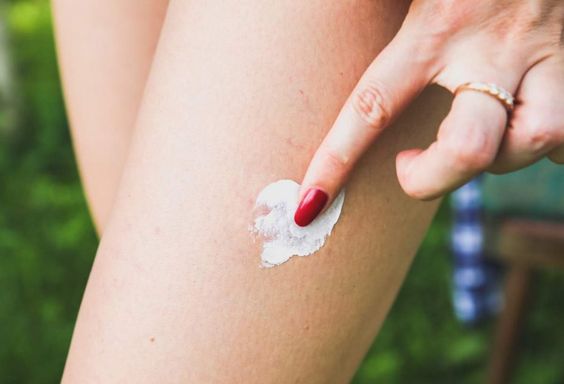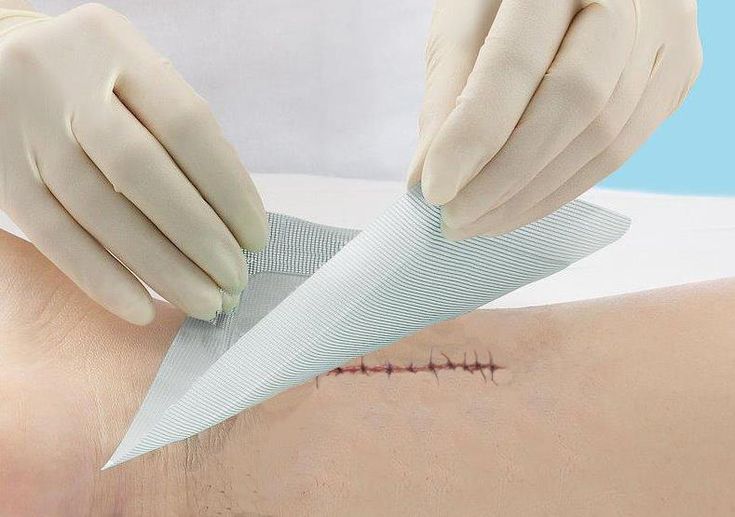During the wound-healing process, unexpected challenges sometimes arise, one of which is peri-wound dermatitis. This type of dermatitis may result from a variety of causes, such as certain diseases of the skin, or exposure to certain irritating or allergic substances. These reasons may cause symptoms such as erythema, exudation, vesicles, scales, and itching around the wound. Some dermatitis symptoms may occur quickly, while others may gradually evolve into chronic dermatitis, which makes wound care more difficult and may even cause the wound-healing process to become long and difficult.
Common types of dermatitis and treatments:
1. Dry eczema, this type of dermatitis is particularly common among the elderly. Due to skin aging and seasonal changes, the skin's oil production decreases, causing cracks and scales on the skin, often taking on a red or reddish appearance. In this case, we can use warm water to gently wipe the dry area around the wound to help soften and loosen the skin scales. Then, apply a layer of skin softeners, such as petroleum jelly, paraffin ointment, vitamin E cream, or mineral oil, to moisturize the affected area. It's important to note that while eczema and wounds both require care, they are not cared for in the same way. Therefore, ointments for eczema should never be applied to wounds, the areas of care for both must be clearly distinguished.
2. Acute erosive eczema, which is a type of dermatitis caused by a variety of internal and external factors. Symptoms include rash, oozing, dense papules, and blisters with severe itching. Because patients often scratch due to itching, it may lead to skin erosion. For this kind of dermatitis, we can use diluted boric acid or potassium permanganate solution for infiltration and wiping. When itching is severe, corticosteroid drugs such as betamethasone or beclomethasone dipropionate can be used to relieve itching. After several days of continuous use, gradually reduce the dosage of the drug. After the symptoms are controlled, switch to skin softeners for soothing care.
3. Contact dermatitis is also one of the common dermatitis around wounds. This type of dermatitis can be divided into two categories: irritant and allergic. Irritant contact dermatitis is usually caused by irritating chemicals, while allergic contact dermatitis is caused by exposure to allergenic substances. Both may present with symptoms such as erythema and swelling. For contact dermatitis treatment, start by avoiding further contact with the substance that caused the dermatitis, and then use an appropriate ointment or moisturizer to relieve symptoms.
We need to be cautious and patient when dealing with periwound dermatitis. Choose appropriate care based on the type and symptoms of dermatitis, and avoid indiscriminate use of medications, especially those that may have a negative impact on the wound. With reasonable care and appropriate medication, we can help wounds heal better and reduce the troubles dermatitis brings to wound care. Papules, blisters, and other lesions on the skin often cause distress with burning and painful sensations. For these conditions, the core strategy of treatment is to find and eliminate the substances that trigger allergies, known as allergens. Only by finding the allergen can we avoid further irritation and fundamentally solve the problem. At the same time, during the treatment process, we will use antibiotic ointment and soothing and sensitive drugs to care for the skin to control inflammation.
During the treatment process, special attention needs to be paid to skin care. If you have symptoms such as dermatitis on your skin, you must first find out the cause and then treat it accordingly. During this process, do not abuse drugs at will, especially hormone drugs, because if they are used improperly, they will not only fail to treat dermatitis but may also cause greater damage to the skin. Therefore, we recommend that when you have skin problems, it is best to go to a dermatology or wound repair specialist for treatment, and a professional doctor will develop the correct treatment and care plan for you.
For more information customized on Innomed®Silicone Foam Dressing, Refer to the Previous Articles. If you have needs, you are welcome to contact us; You Wholeheartedly. At longterm medical, we transform this data by Innovating and Developing Products that Make Life easier for those who need loving care.
Editor: kiki Jia

 English
English عربى
عربى Español
Español русский
русский 中文简体
中文简体








